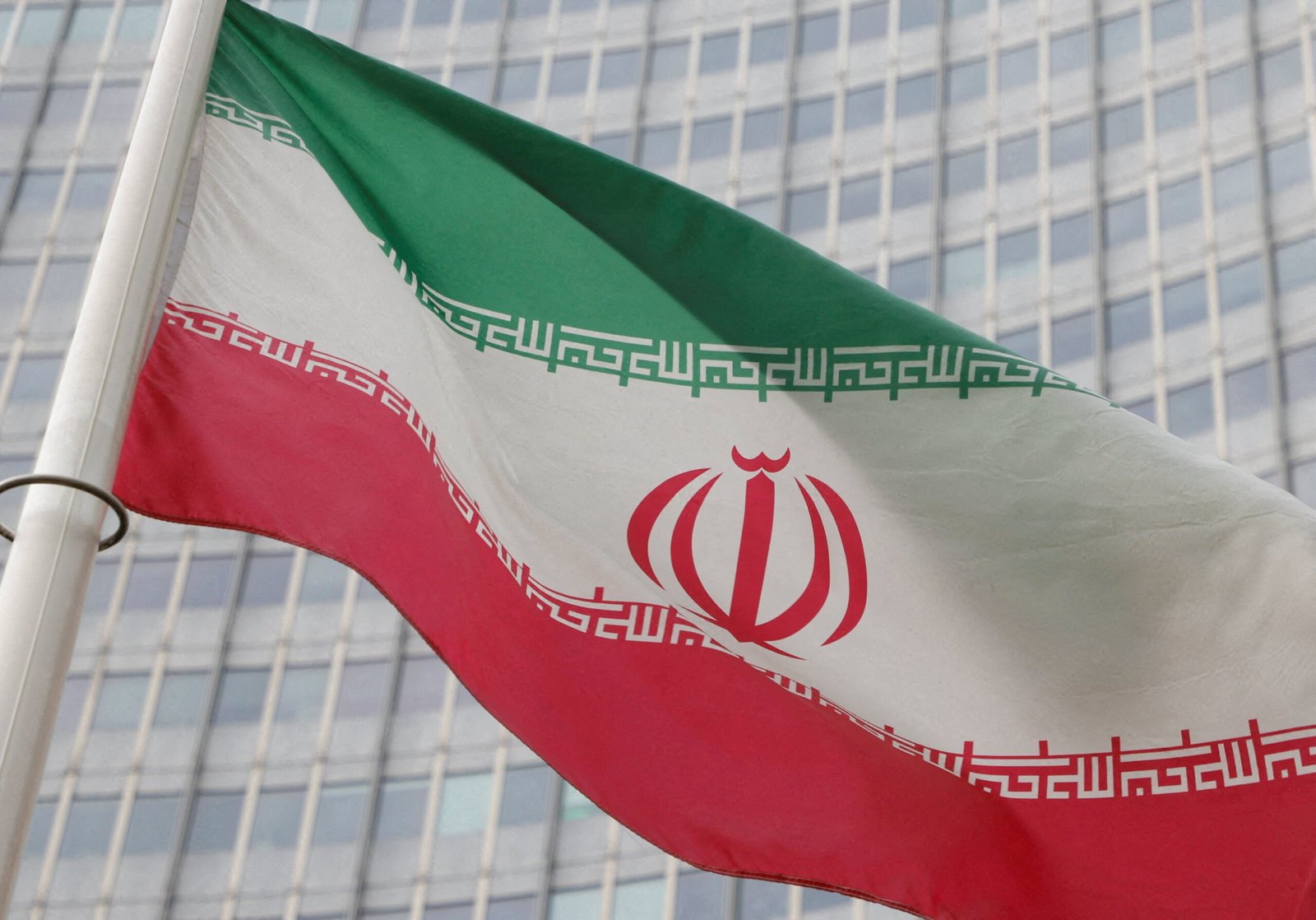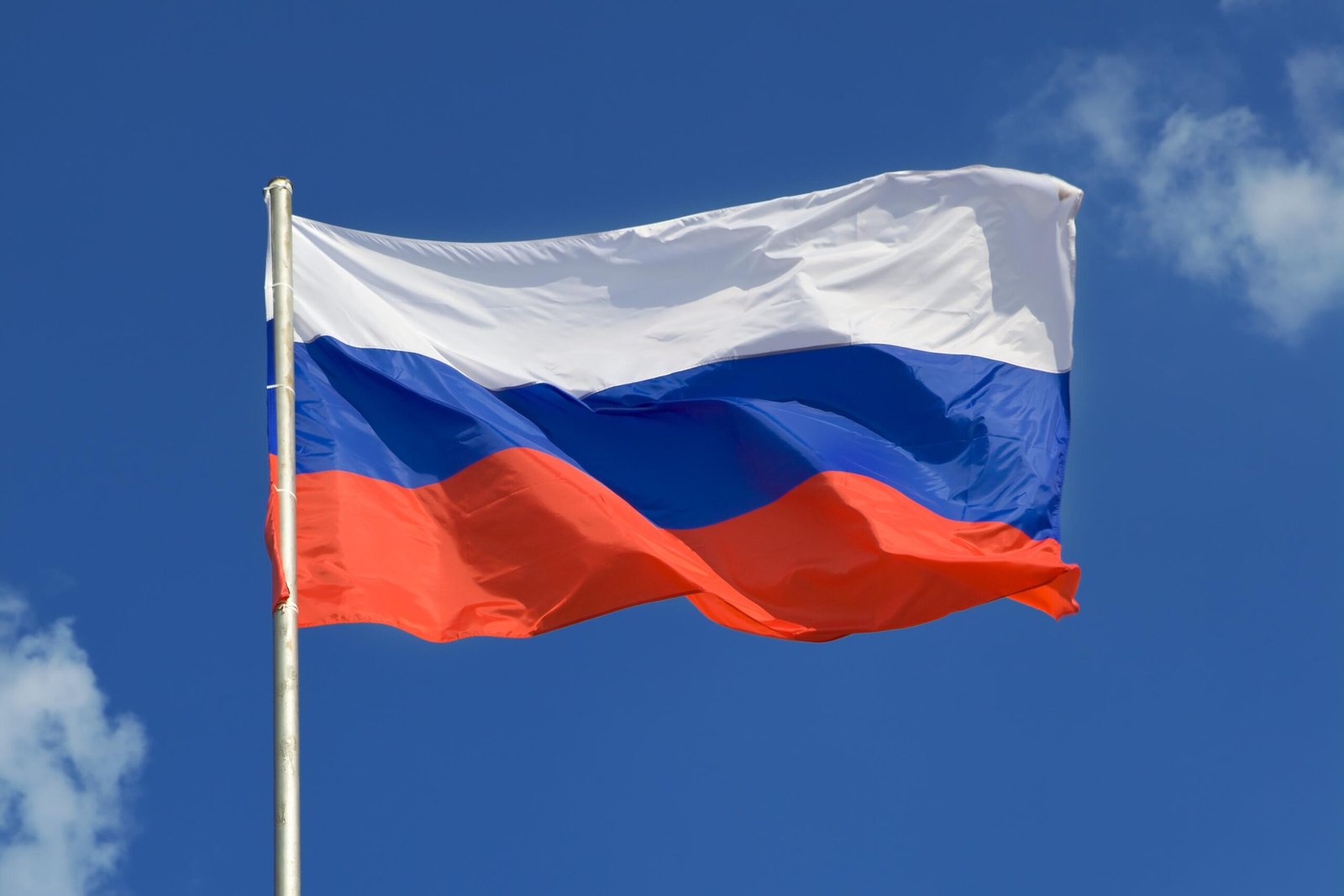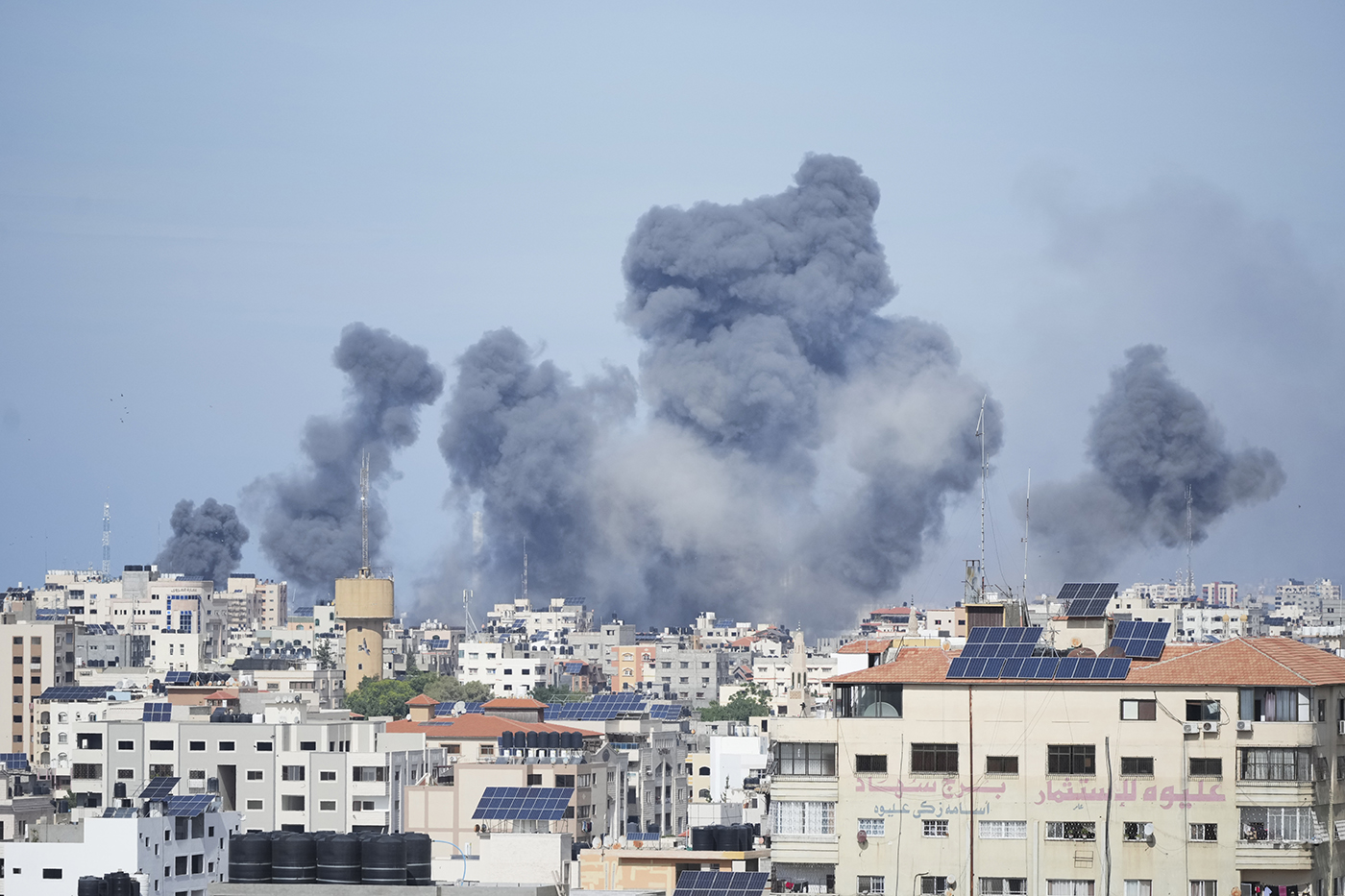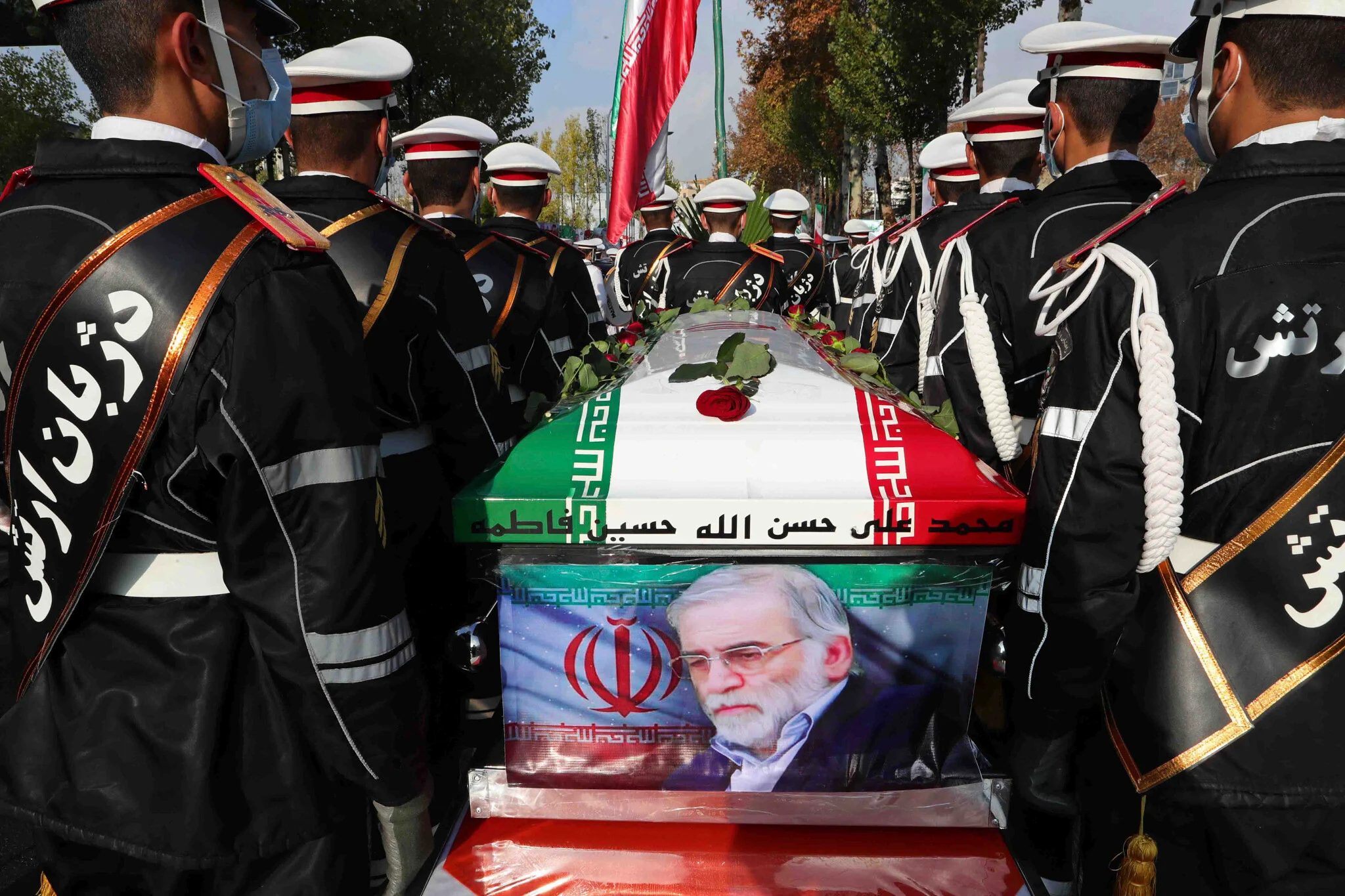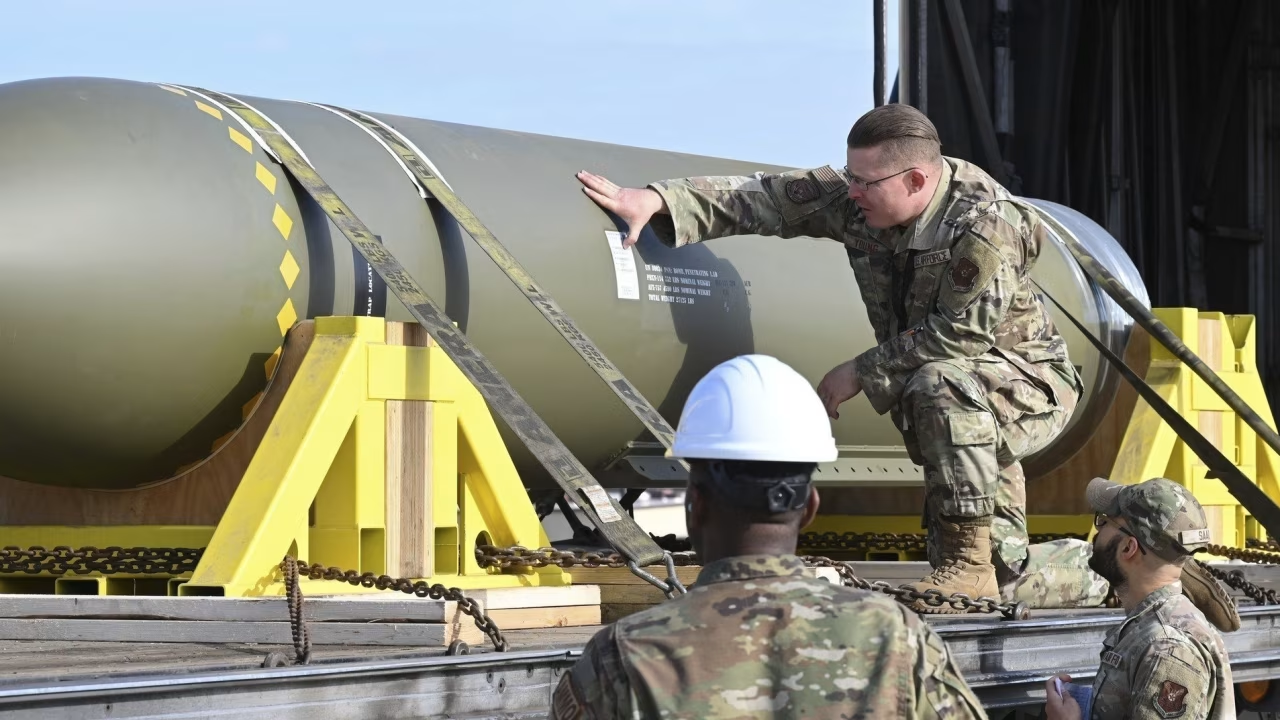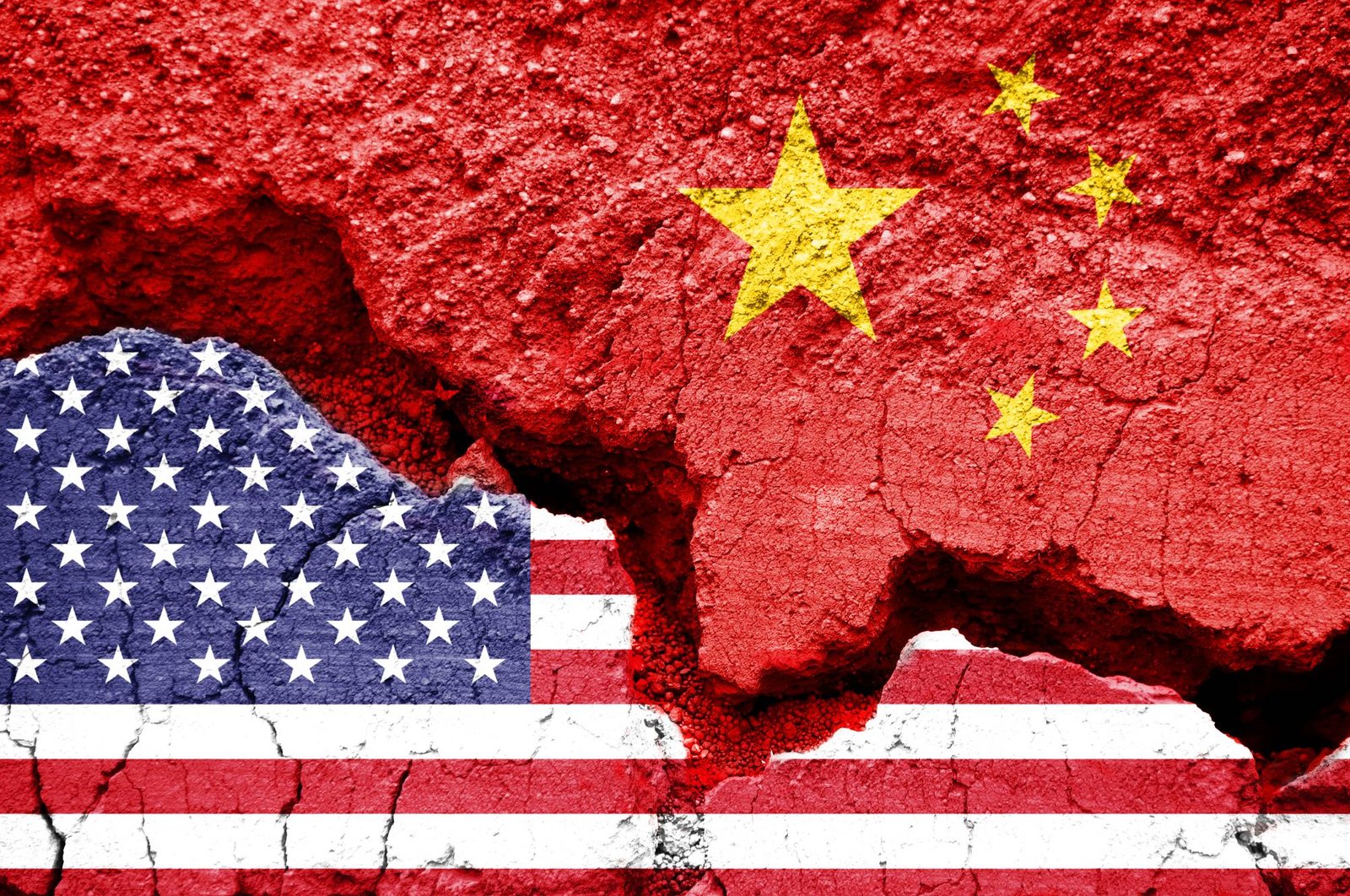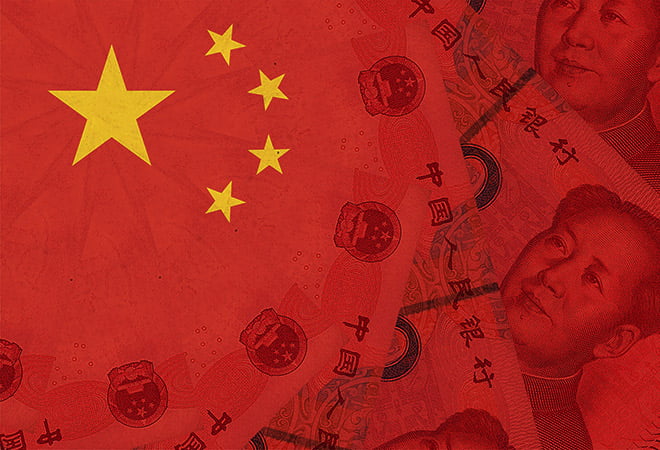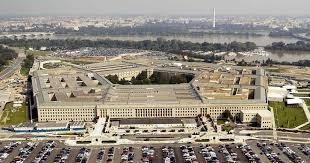With large-scale manufacturing industries facing negative growth and a decline in key agricultural crops like cotton and wheat, the country is unlikely to achieve any positive Gross Domestic Product (GDP) growth this fiscal year. This was highlighted by Dr. Hafeez Pasha, a former finance minister, during his discussion on Aaj TV’s ‘Paisa Bolta Hay’ programme with Anjum Ibrahim, the Islamabad Resident Editor of Business Recorder.
Dr. Pasha noted that private sector credit reached Rs1 trillion due to lower policy rates, with much of it flowing into the stock market, leading to a bullish market trend. The Asian Development Bank (ADB) predicts a GDP growth rate of 3% and inflation at 10%.
He explained that high energy costs, including increased gas and electricity prices, along with rising input costs and restrictions on raw material imports, have hindered growth in the large-scale manufacturing sector, negatively impacting overall GDP growth. He mentioned a 30% drop in cotton production and expressed concerns about the wheat crop, particularly since farmers faced a 30% decrease in returns last year due to the caretaker government’s choice to import rather than procure domestically. Investment in the industrial sector has significantly declined in real terms.
Dr. Pasha observed that while the Consumer Price Index (CPI) has dropped to nearly 5% from over 30%, prices are still increasing, albeit at a slower rate. Some food prices, including wheat flour, have decreased, which benefits consumers but is unfortunate for farmers who did not receive fair returns despite a good harvest last year. He attributed high inflation partly to a more than 500% increase in gas prices last year.
Pl, watch the video and subscribe to the channel of republicpolicy.com
According to the Pakistan Bureau of Statistics (PBS), real wages have fallen by 20-25% over the past three years, particularly affecting skilled workers in the private sector. Although government employees received salary increases—with one provincial government in Punjab raising its members’ salaries by as much as 500%—these adjustments have not improved the overall economic situation. The decline in inflation is also linked to stability in international commodity prices, especially oil, which has remained around $70 per barrel, and stability in the rupee.
In response to a question about measures to stabilize the rupee, Dr. Pasha suggested that interventions could be made indirectly, such as controlling imports. He noted a significant 25-30% decrease in vehicle imports over the last few years.
Dr. Pasha mentioned that there was a surplus in the current account reported in November, with remittances increasing around 35%, particularly from workers in the Middle East and the U.S. However, he also brought attention to the pending debts owed by independent power producers (IPPs) to the government, estimating that Pakistan needs to repay around $12-$14 billion, with only $1.5-2 billion repaid in the first five months of the current fiscal year. This raises questions about whether the country is delaying repayments to maintain reserve stability, especially with reserves barely covering two and a half months of imports, against a minimum standard of three months.
The government plans to issue bonds in the international market and borrow from foreign commercial banks, but the expected inflows are minimal. Dr. Pasha expressed concern over the lack of progress on critical reforms and warned that the upcoming program review by the IMF in March could pose risks to the country’s stability.
Although the policy rate has dropped due to reduced inflation, perceptions abroad remain negative due to low repayments to creditors, leading to minimal fresh inflows. He mentioned that the Special Investment Facilitation Council (SIFC) aimed to attract around $10 billion in investment, but only $1.5-$2 billion has been received so far, indicating challenges in securing foreign investments. The IMF’s new Extended Fund Facility (EFF) program also addresses SIFC and emphasizes the need for careful management of the proposed Sovereign Wealth Fund.






